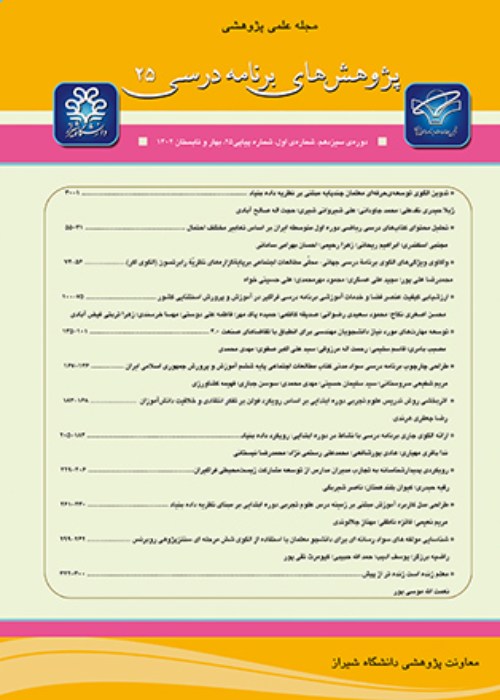The Effect of Teaching Art through Philosophy for Children on Elementary School Students' Aesthetic Thinking and Drawing Scores
Philosophy for children is one of the best ways to promote children's thinking, and when combined with art discussion, it actually involves a combination of cognition and emotion. The elementary school curriculums try to help students pay attention to the beautiful aspects of the phenomena around them by stimulating their aesthetic sense. Therefore, the teaching method which are used by elementary school teachers can be very effective in students' engagement levels. The main objective of this study was to investigate the effect of teaching art through philosophy for children on Iranian elementary school students' aesthetics thinking and drawing scores. In line with this objective, the study was to investigate if there were any significant differences between students in art classes who were taught based on various teaching methods in their aesthetic thinking and drawing scores. This study was done by adopting a semi-experimental pretest-posttest control group design. The study population included all girl fourth graders in Shiraz, Iran. Of the study population, 106 fourth graders were selected as the participants of this study by using a typical sampling strategy. Accordingly, three student groups, i.e. two experimental groups and one control group, took part in this study. In one of the experimental groups, art was taught by the use of philosophy for children method, and in the other experimental group, art was taught by using an explanatory method. The control group students were also taught through the use of conventional methods of teaching. Then, Parson’s exam for aesthetic thinking (1994) and students' drawing scores, given by the teacher, were considered as the research instruments of this study. Data analysis showed that students who were taught by using philosophy for children had a significant increase in their levels of aesthetic thinking in the written section, as compared to the other experimental group, and in the oralsection, as compared to the control group, of the exam. Furthermore, as the expert scorer showed, total drawing scores of students who were taught based on philosophy for children were significantly higher than those of the other two groups. This group of students were also better at drawings in terms of such visual components of their works as content, form, and color. No statistically significant difference, however, was observed between students who were taught based on the explanatory method and those who were taught based on the conventional methods of teaching in terms of total scores and quality of their works. As the results of this study indicated, students who were taught based on philosophy for children had a better performance in their art classes than the other two groups of students.The overall results of the present study also showed the use of philosophy for children in art classes can increase students' level of aesthetic thinking. Vygotsky's believes that dialogue is a form of social thinking and as students decode and discover ideas through speaking, they can actively support their own learning and that of others. In other words, language can improve the quality of thinking. Based on Vygotsky's socio-cultural theory, child's cognitive development takes place through his interaction with those adults or peers who are more knowledgeable than him/her. In this study, language played a mediating role in expressing and sharing thoughts with others. Concerning the group who were taught based on philosophy for children, students had more verbal, philosophical, and critical interactions. This led to an improvement in quality of their aesthetic thinking. Therefore, it can be concluded that not only can the use of philosophy for teaching children in art classes improve students' drawing scores, but also it can positively affect their aesthetic perception.
- حق عضویت دریافتی صرف حمایت از نشریات عضو و نگهداری، تکمیل و توسعه مگیران میشود.
- پرداخت حق اشتراک و دانلود مقالات اجازه بازنشر آن در سایر رسانههای چاپی و دیجیتال را به کاربر نمیدهد.


